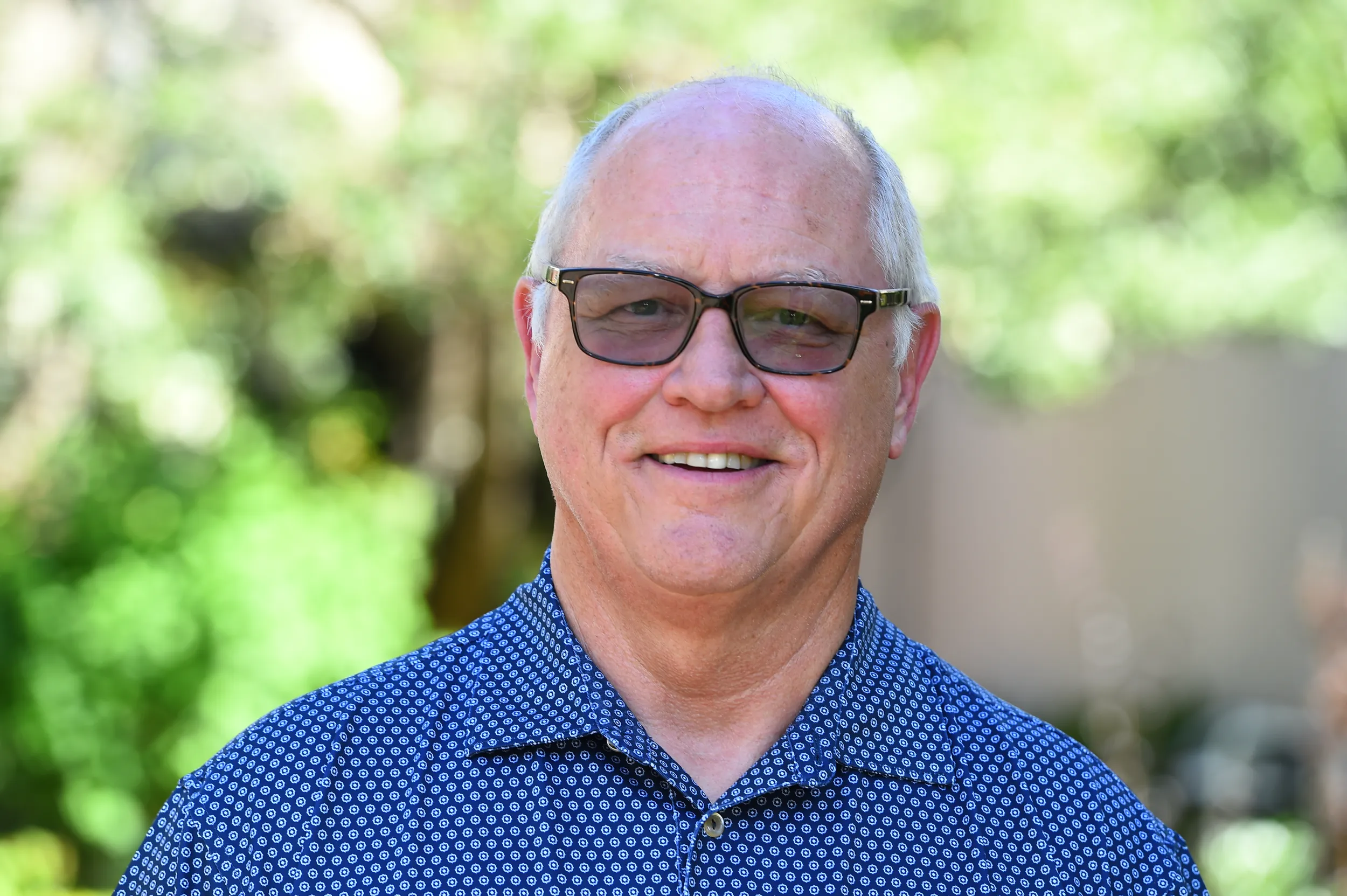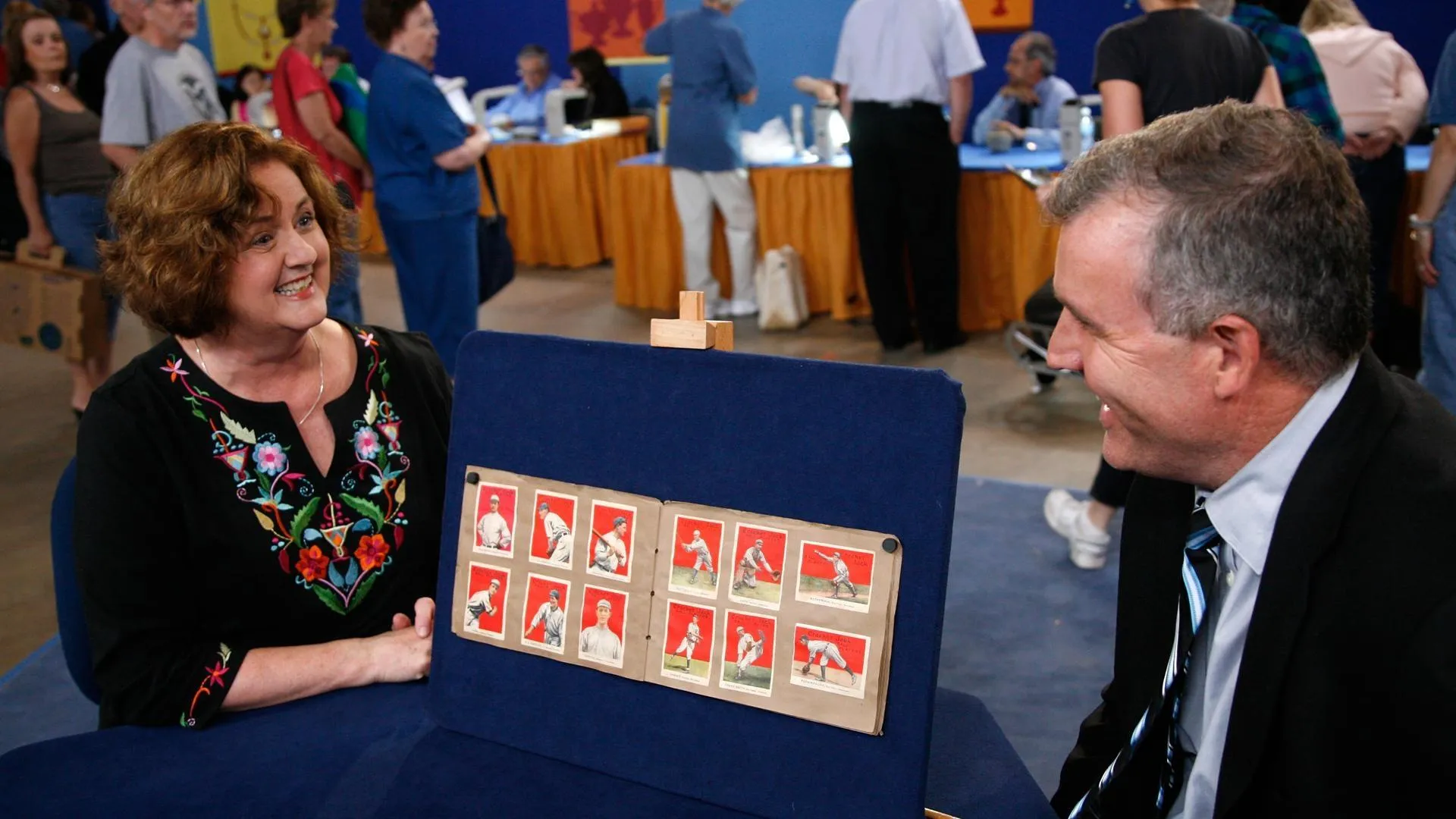GUEST: The chest was a dowry chest that came from Russia, a Mennonite village in Molotschna, which is in South Russia, and it was owned by a young woman named Anna Franz. And she married my great-grandfather in 1867. And in the late 1870s, early 1880s, they immigrated here, to this area of Kansas, and the chest has been in our family ever since.
APPRAISER: Were your relatives farmers?
GUEST: Yes.
APPRAISER: Well, that makes sense, because in this time period, a rich person would have had fancy inlaid furniture with lots of carving on it and the farmers and the agrarian people would have had chests and furniture painted like this. They would paint it so that it would brighten up the inside of their houses. The base has these little, what I call bandy French feet, and I love the scallop skirt. And these panels that are painted on here actually show a high Victorian influence, which would have been 1860s or '70s. And back then, this was considered a family safe.
GUEST: Yes, exactly.
APPRAISER: You would put all your valuables in here and lock it up. The other thing that I think is great about this is all of these prints, and this is a woodblock colored engraving, and the little schoolgirl watercolors I love.
GUEST: Yeah, that's what Anna did herself. She made those. I love these.
APPRAISER: Well, this is kind of like a family history memento thing. I like the print over there. That's 1860s. The guy's finding, I guess...
GUEST: His daughter and her boyfriend. Not...
APPRAISER: not too good. Yeah, and actually, this is the one that's actually in Russian. The rest of them are in German. This is made out of a soft wood, probably spruce, and really what makes it is the family history and the paint decoration. Now, this particular chest is large, the decoration is really nice. There's been a couple of other things done to it, but nothing major. Being from Europe makes the value somewhere in about the, retail, $3,000 range.
GUEST: Mm-hmm.
APPRAISER: Okay.
GUEST: That's good. Cool. That's very good.
APPRAISER: Because of all the Mennonite history here in Kansas, it's probably worth more here than it would be anywhere else in the U.S.











